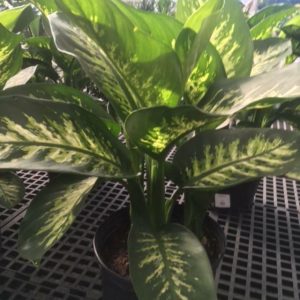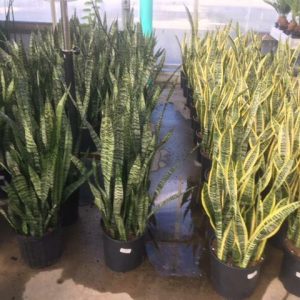Description
Cardamine – Bittercress –
There are about 150 species of mat forming annuals and perennials, in this genus. They occur from cool, shady, moist habitats in the Northern Hemisphere. Some of the annuals are invasive garden weeds. The rootstock is fibrous or has scaly rhizomes. Cardamines have simple, dissected to compound leaves and unbranched stems carrying panicles or racemes (some short and congested) of 4 petalled, white yellow, pink, lilac, or reddish violet flowers, followed by slender pods that split apart suddenly, flinging the minute seeds a short distance. Grow in a border, a rock garden, a woodland, or bog garden.
Grow in humus rich moist soil in full or partial shade.
Prone to white rust, downy mildew, powdery mildew, and flea beetles.
C. trifolia – Trifoliate Bittercress – This creeping perennial native to Mountainous, wooded areas in Central and Southern Europe grows 6″ tall and 12″ wide. From short rhizomes sprouts 3 palmate, dark green leaves, 3/4-1 1/4″ long, each with 3 rounded to diamond shaped leaflets, red tinted beneath. In late spring it bears short, congested racemes of open cup shaped, yellow anthered, white occasionally pink flowers, to 3/4″ across.
Zones 5-7





